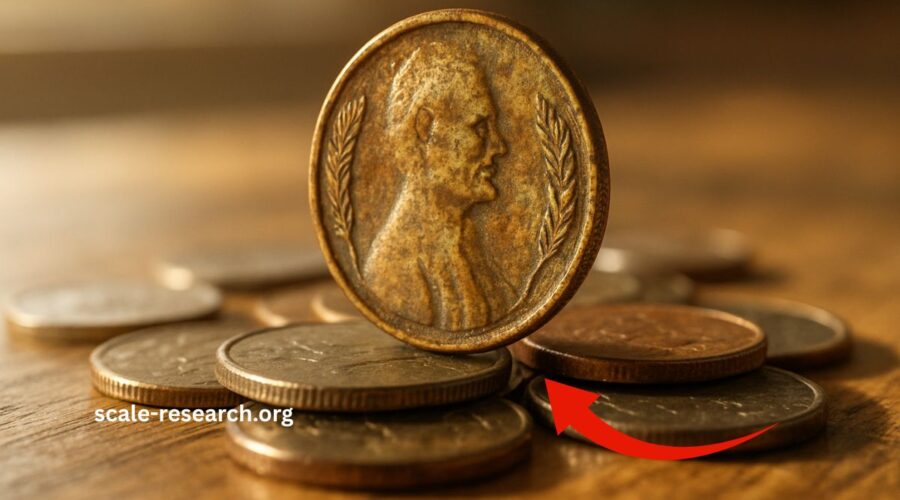The Lincoln Wheat Penny Valued At $1.1 Million – Still Out There In Circulation
There’s buzz across the numismatic community about a Lincoln Wheat Penny—still potentially hiding in circulation—that’s estimated to be worth $1.1 million! But where did this figure originate, and is it real? Let’s explore the latest verified information.
What Makes a Wheat Penny So Valuable?
- Lincoln Wheat Penny refers to pennies minted between 1909–1958, featuring Abraham Lincoln on the obverse and wheat ears on the reverse.
- Typically worth a few cents to several hundred dollars, certain rare varieties and minting errors can fetch hundreds of thousands—or even millions.
The $1.1 Million Claim: What’s Real?
- GreatCollections, a respected auction house, reported a sale of ten rare proof Lincoln Wheat Pennies for $1.1 million total—not per coin.
- That averages $110,000 per coin, proving extraordinary interest in high-grade proof strikes, not necessarily error coins found in everyday change.
Auction Records: How High Have Prices Gone?
| Coin Type | Date/Variety | Sale Price | Notes |
|---|---|---|---|
| 1943-D Bronze Wheat Penny | WWII error | $1.7 million (2010) | One of very few, highly authenticated |
| 1943-S Bronze Wheat Penny | WWII error | $1 million (High‑grade) | Another extremely rare minting mistake |
| Rare proof Wheat Pennies Set | Early Lincoln proofs | $1.1 million (ten coins) | Sold by GreatCollections |
| 1943 Bronze error in circulation | Modern example | $336,000 | Heritage Auctions sale |
| 1943 copper error (general avg) | Multiple specimens | $815,000 – $1.7million | Varies by grade |
How to Spot That Million-Dollar Penny
- Year & Mint mark – Look for 1943–1944 pennies with D or S mint marks (Denver, San Francisco).
- Material check – Genuine wartime errors are in bronze, not steel—use a magnet (bronze is not magnetic).
- Condition/grade – Only high-grade (MS‑65+) or proof pieces fetch serious money.
- Authentication – Certification by PCGS or NGC is a must for legitimacy and market value.
Why Collectors Pay So Much
- Extreme rarity – Only around 30–40 bronze 1943 pennies are known.
- Historic significance – Wartime metal switch makes these proof of minting anomaly.
- Collector frenzy – Every new discovery triggers spikes in interest, propelling auction values.
Should You Be Checking Your Change?
Absolutely—if you find a 1943 or 1944 penny, especially with a mint mark, and it looks like copper, don’t toss it! Authenticate and grade it professionally. Even non-error coins in proof condition or sets have real value.
While no single Wheat Penny has officially sold for $1.1 million, the combined sale of ten proof pennies did hit that milestone—showing serious collector demand.
Separate errors like the 1943 bronze cent have exceeded $1 million in auctions. So yes, that priceless wheat penny could still be in someone’s pocket! If you spot a seemingly copper penny from 1943–1944, don’t toss it—get it graded. ### Your coin jar might just be hiding a fortune.
FAQs
Is there actually a single Wheat Penny worth $1.1 million?
No—no single coin hit that mark. The $1.1 million result was for ten proof pennies sold together, averaging around $110,000 each.
What about those 1943 copper mis-strikes?
Yes—one 1943-D bronze penny sold for $1.7 million in 2010, and others range from $336,000 to $1.7 million, all depending on condition.
How rare are these error pennies?
Very rare—only about 30–40 confirmed examples of the 1943 bronze varieties exist, making them among the rarest U.S. cents.


Leave a Reply